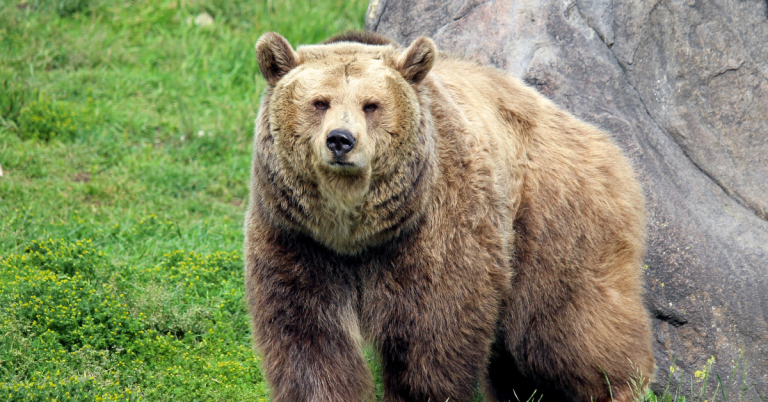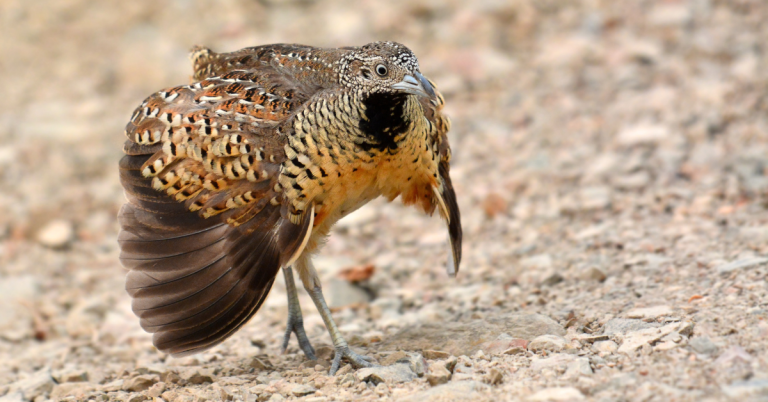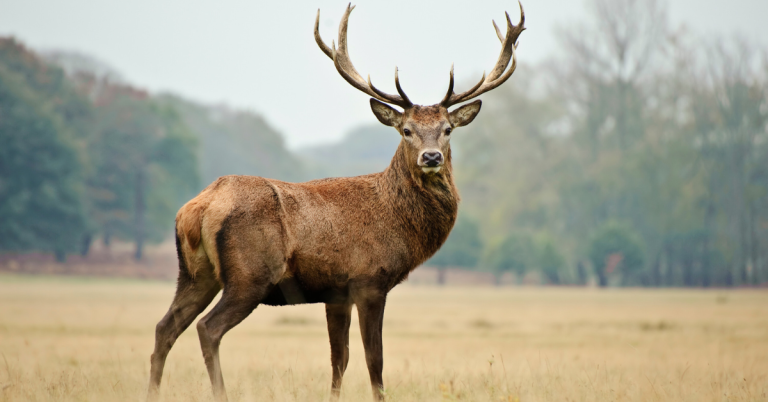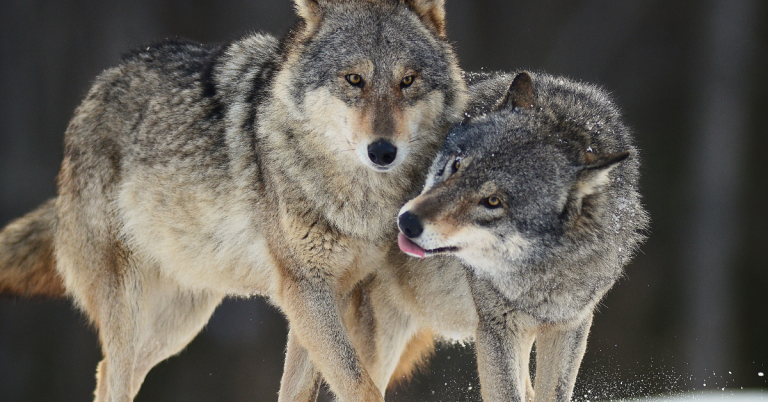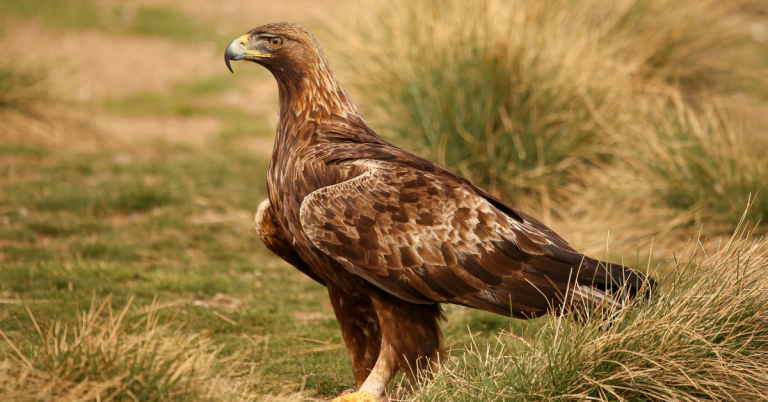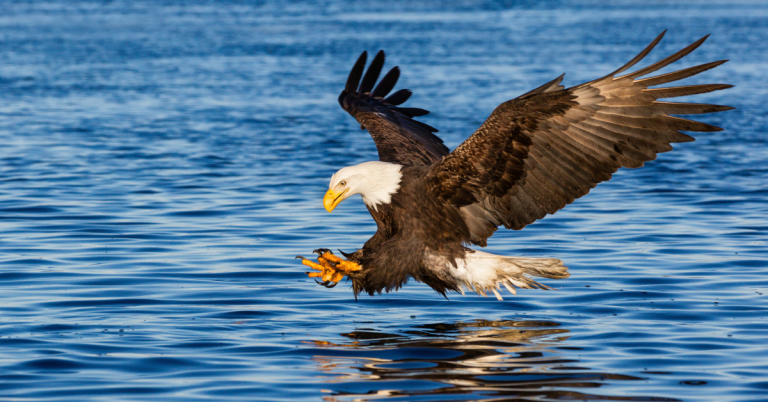Dall Sheep Hunting Guide
Hunting Dall sheep is a challenging yet rewarding pursuit that takes hunters into some of the most rugged and beautiful terrains in North America. Known for their striking white coats and impressive curved horns, Dall sheep inhabit the mountainous regions of Alaska and the Yukon. This hunting guide will provide you with essential information on hunting these majestic creatures, from understanding their behavior to effective hunting tactics and ethical considerations.
Understanding Dall Sheep Behavior:
Dall sheep are highly adapted to their mountainous environment. They prefer steep, rugged terrains that offer safety from predators and abundant food sources. Understanding their behavior is crucial for a successful hunt. Key points include:
- Seasonal Movements: Dall sheep migrate seasonally, moving to lower elevations during winter and higher elevations in summer.
- Feeding Habits: They graze on grasses, sedges, and shrubs. Look for areas with lush vegetation, especially in the morning and late afternoon.
- Social Structure: Dall sheep live in groups, with rams and ewes forming separate bands except during the breeding season. Rams often engage in head-butting contests to establish dominance.
Choosing the Right Hunting Location:
Selecting the right hunting location is crucial for a successful Dall sheep hunt. Key areas include:
- Alaska: The Brooks Range, Alaska Range, and the Chugach Mountains are renowned for their Dall sheep populations.
- Yukon: The Ogilvie Mountains and other ranges in the Yukon Territory offer excellent hunting opportunities.
- Elevation and Terrain: Focus on high-altitude areas with steep, rocky slopes. Use topographic maps and GPS to identify likely habitats.
Effective Hunting Tactics:
Successful Dall sheep hunting requires careful planning and execution. Effective tactics include:
- Spot and Stalk: Use binoculars and spotting scopes to locate sheep from a distance. Plan your approach based on wind direction and terrain.
- Physical Fitness: Be prepared for a physically demanding hunt. Good fitness levels will help you navigate challenging terrains and increase your chances of success.
- Stealth and Patience: Move slowly and quietly to avoid spooking the sheep. Be patient and wait for the right moment to take a shot.
Ethical and Responsible Hunting:
Ethical hunting is crucial for conservation and maintaining the integrity of the sport. Key principles include:
- Follow Regulations: Adhere to all hunting regulations, including season dates, bag limits, and permit requirements.
- Respect Wildlife: Aim for a clean, quick kill to minimize suffering. Practice your shooting skills before the hunt.
- Leave No Trace: Pack out all trash and respect the natural environment.
Field Dressing and Meat Processing:
Proper field dressing and meat processing are essential to ensure the quality of the meat and preserve the trophy. Tips include:
- Immediate Field Dressing: Field dress the sheep as soon as possible to prevent spoilage. Remove the entrails and cool the carcass quickly.
- Meat Processing: Transport the meat to a cool, dry location for processing. Use clean, sharp knives and follow proper hygiene practices.
- Trophy Care: If you plan to mount the horns, take care to preserve the hide and skull during field dressing.
Hunting Gear for Dall Sheep:
Choosing the right gear can make a significant difference in your hunting experience. Essential gear includes:
- Firearm or Bow: Choose a high-caliber rifle or a powerful bow suitable for long-range shots.
- Optics: High-quality binoculars and spotting scopes are crucial for spotting sheep from a distance.
- Clothing: Layered clothing suitable for changing weather conditions. Waterproof and breathable fabrics are recommended.
- Backpack: A sturdy backpack to carry essentials like food, water, and first-aid supplies.
Species and Subspecies:
Dall sheep (Ovis dalli) are divided into two subspecies:
- Dall’s Sheep (Ovis dalli dalli): Found in Alaska and the Yukon. Known for their pure white coats.
- Stone Sheep (Ovis dalli stonei): Found in northern British Columbia. They have darker coats with some white patches.
Hunting Legality by Area:
Ensure you are familiar with the hunting laws in your chosen area. Key points include:
- Alaska: Requires a hunting license and a harvest ticket. Some areas may have additional restrictions.
- Yukon: Hunting requires a big game license and a permit for Dall sheep. Guided hunts are mandatory for non-residents.
Legal and Cross-Border Considerations:
If hunting across borders, be aware of the legal requirements:
- Import/Export Laws: Familiarize yourself with the laws regarding the transportation of firearms and trophies.
- Permits: Obtain necessary permits for crossing borders with hunting gear and harvested animals.
Safety Tips:
Safety should always be a priority during a Dall sheep hunt. Key tips include:
- Emergency Plan: Have a plan in place for emergencies, including a means of communication.
- Weather Awareness: Monitor weather conditions closely and be prepared for sudden changes.
- Physical Preparedness: Ensure you are physically fit and acclimatized to high altitudes.
FAQs
Where is the best place to hunt Dall sheep?
The Brooks Range in Alaska and the Ogilvie Mountains in the Yukon are top locations.
What is the best time to hunt Dall sheep?
The hunting season typically runs from late August to mid-September.
What are the best hunting methods?
Spot and stalk is the most effective method for hunting Dall sheep.
What is the reason for hunting Dall sheep?
Hunting Dall sheep provides a challenging and rewarding experience and contributes to wildlife management and conservation efforts.

